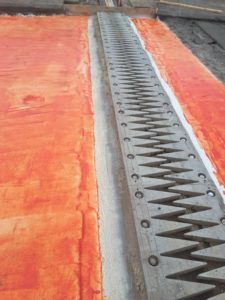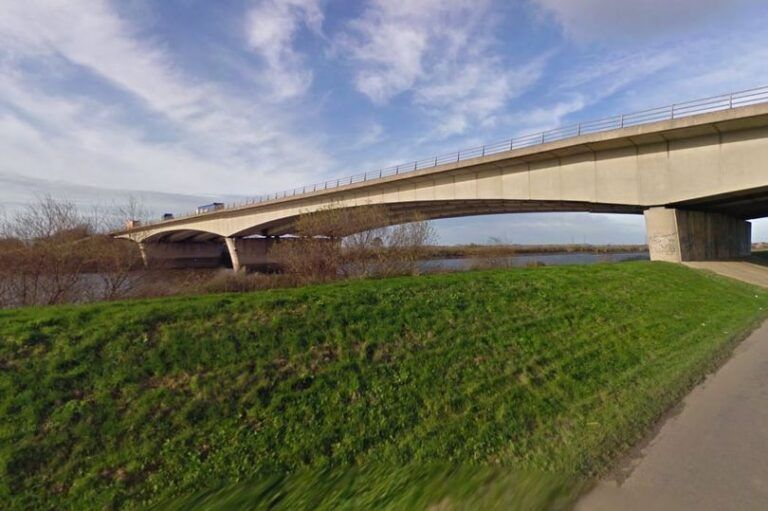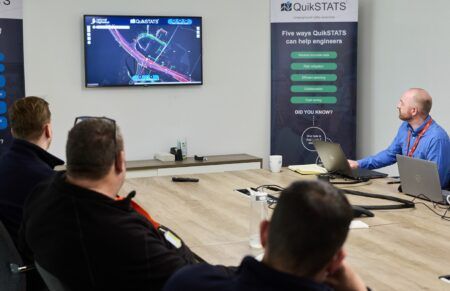Highways England (HE) has completed a first-of-its-kind bridge scheme on the M180 motorway in South Yorkshire that is using groundbreaking noise-reduction technology to improve the lives of nearby residents and the route’s drivers.
The River Trent bridge, which sits between junctions two and three of the M180 near Beltoft, has had its expansion joints replaced across both carriageways. Expansion joints help bridges move under the stresses and strains of heavy traffic and during changes in air temperature. The previous joints were noisy and needed regular maintenance, causing disruption to journeys on the busy freight route. Using materials rolled out in the UK for the first time, the old joints have been replaced by innovative ‘sawtooth’ joints that spreads the noise across the road surface, providing smoother and quieter journeys.
 The new sawtooth joint reduces the noise created by the angle at which a vehicle’s tire crosses the open-air gap between the bridge structure and highway. The tire crosses the ‘teeth’ over a much greater surface area, causing less noise. Completed four weeks ahead of schedule, the work on the project also included waterproofing, which protects the concrete from slowly being damaged by rainwater and road salt, reducing the need for future roadworks in the area. In addition, solar panels were used to charge the batteries for the on-site team’s offices and canteen, reducing fuel consumption by approximately 60% and improving air quality. By using battery power instead of diesel, there was also less noise and air pollution.
The new sawtooth joint reduces the noise created by the angle at which a vehicle’s tire crosses the open-air gap between the bridge structure and highway. The tire crosses the ‘teeth’ over a much greater surface area, causing less noise. Completed four weeks ahead of schedule, the work on the project also included waterproofing, which protects the concrete from slowly being damaged by rainwater and road salt, reducing the need for future roadworks in the area. In addition, solar panels were used to charge the batteries for the on-site team’s offices and canteen, reducing fuel consumption by approximately 60% and improving air quality. By using battery power instead of diesel, there was also less noise and air pollution.
“I am delighted that this project has been successfully completed. Drivers and residents will no longer hear the loud thud of wheels as they pass over the bridge joints. It will also improve safety for everyone on this major route, which connects traffic from the M62 to Scunthorpe and the oil refineries and ports at Immingham. The bridge will be more robust and enjoy a longer lifespan, around 40 years, reducing the risk of future repairs, congestion and road closures,” said HE’s project manager, Sujad Hussain. “During the work we also used contraflow on this route for the first time, as it is regularly used by heavy goods vehicles, and we wanted to keep traffic on our roads. East and westbound traffic travelled on the same side of the carriageway, removing the need for further full closures and minimizing disruption to drivers and residents.” 





